Rathmullan House, nestled on the picturesque west coast of Lough Swilly in County Donegal, Ireland, is a testament to the rich tapestry of Irish history, architecture, and hospitality. Originating as a Georgian-style summer residence in the 1760s, it has evolved through centuries into a renowned boutique hotel, celebrated for its blend of historical charm and modern luxury. This article explores the multifaceted history of Rathmullan House, tracing its origins, architectural evolution, and its current incarnation as a family-run hotel.
The Early Years: A Georgian Summer House
The original Rathmullan House was constructed in the 1760s as a summer retreat for Bishop Knox of Derry and Raphoe. Built in the Georgian style, characteristic of its symmetrical design and classical proportions, the house served as a serene getaway for the bishop and his successors. The Knox family, significant figures in the region’s history, had been established in Rathmullan since the early 17th century, marking the beginnings of a legacy that would see the house through various incarnations.
The Batt Family Era and Legacy at Rathmullan House
The history of Rathmullan House in the 19th century is indelibly marked by the tenure of the Batt family, who transformed it from a modest Georgian summer residence into a grand country estate. This period of extensive renovation and expansion underlined not just the architectural evolution of the property but also its role in the social and economic fabric of the region.
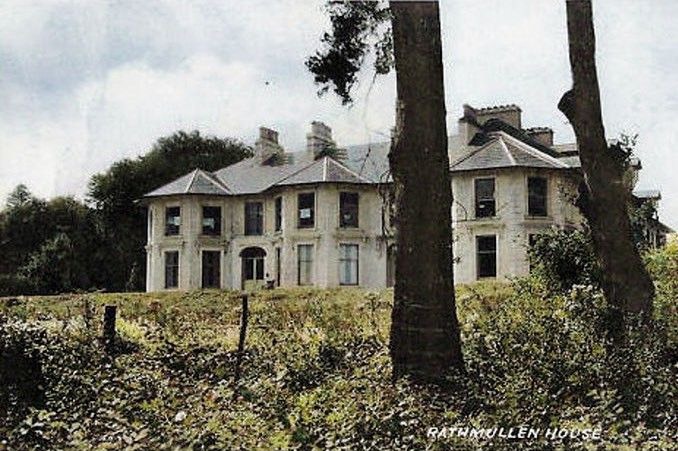
Acquisition and Transformation
The Batt family, renowned for their involvement in the linen industry and as founders of what would become the Northern and Northern Irish Bank, acquired Rathmullan House in the early 19th century. They were instrumental in redefining the estate’s identity, significantly enhancing both its structure and the surrounding landscapes. Thomas Batt, in particular, is credited with the most substantial phase of renovations in the 1870s, effectively doubling the size of the house and incorporating the distinctive bay windows that characterize its facade today. These architectural modifications not only augmented the house’s aesthetic appeal but also its functionality as a country estate.
The Batts and the Local Community
Beyond their contributions to Rathmullan House’s physical landscape, the Batt family also played a pivotal role in enriching the local community. Perhaps their most enduring legacy to Rathmullan and its inhabitants is the donation of the walks in front of the house, now known as Batt’s Walks. This generous gift provided the public with access to beautifully landscaped paths along the waterfront, offering stunning views of Lough Swilly and fostering a greater connection between the estate and the Rathmullan community.
Rathmullan House and the Holiday Fellowship
After the departure of the Batt family, Rathmullan House found a new purpose with the Holiday Fellowship, a pioneering organization founded in 1913 by the Reverend T.A. Leonard. The Fellowship was an early advocate of outdoor activities and the social benefits of communal holidays, promoting physical health, mental well-being, and social interaction through walking and other outdoor pursuits. Acquiring Rathmullan House enabled the Fellowship to extend its unique brand of holiday experience to Ireland, offering guests from the UK and beyond the opportunity to explore the natural beauty of Donegal and the wider region.
The house was adapted to suit its new function; the upper floors were converted into dormitories to accommodate guests, who were encouraged to partake in guided walks and other activities. These alterations were in keeping with the Fellowship’s ethos of simplicity and communal living, with an emphasis on experiencing the outdoors and fostering a sense of community among holidaymakers. Despite these changes, the house maintained its historic charm, serving as a rustic backdrop to the Fellowship’s activities.
A Base for the Irish Army Reserve During World War II
The outbreak of World War II introduced another significant chapter in Rathmullan House’s history, as it became a base for the Irish Army Reserve, known at the time as the Local Defence Force. Ireland’s policy of neutrality during the war (referred to as “The Emergency” in Ireland) necessitated a comprehensive defensive strategy, including the utilization of existing structures like Rathmullan House for military purposes.
Serving as a military base, Rathmullan House was part of a broader network of defensive positions and training sites established across the country to prepare for any potential threats to Irish neutrality. The house’s strategic location, overlooking Lough Swilly, made it a valuable asset for military use. During this period, the property would have been a hub of activity, with army personnel stationed there and military exercises possibly taking place in the surrounding areas.
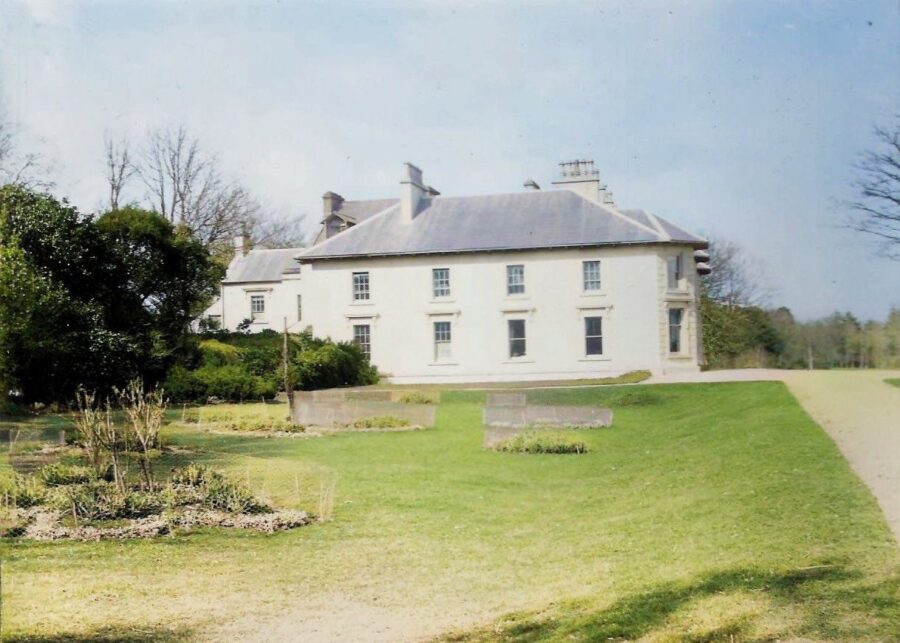
Architectural Evolution and Expansion
The architectural narrative of Rathmullan House unfolds across centuries, beginning with its Georgian inception in the 1760s as a summer retreat designed with symmetry and classic proportions. This initial phase set a foundational aesthetic of harmony and clarity, characteristic of Georgian architecture, which prioritized balance and natural light.
In the Victorian era, under the Batt family’s direction, the house experienced significant expansions in the 1870s. These renovations introduced ornate details and an enhanced sense of privacy and comfort, typical of the period. The addition of three bay windows and the doubling of the house’s size marked a significant transformation, integrating the residence more seamlessly with its lush surroundings through extensive landscaping.
The 20th century ushered in further evolution with modern additions, including a pavilion dining room designed by architect Liam McCormick in 1969, which infused modernist elements into the estate. This period also saw the addition of a swimming pool, new bedroom wings in the 1990s, and further expansions in 2004, all designed to complement the house’s historic character while integrating modern comforts. These later additions were executed with a deep respect for the original architectural heritage, blending materials and styles that echoed the historic essence of Rathmullan House.
Rathmullan House Today: The Legacy of the Wheeler Family
Rathmullan House today stands as a testament to the enduring appeal of Irish country house hospitality, blending historical charm with modern luxury under the stewardship of the Wheeler family. Since acquiring the property in the early 1960s, the Wheeler family has been instrumental in transforming Rathmullan House from a historic estate into one of Ireland’s most cherished boutique hotels. The successive generations, beginning with Bob and Robin Wheeler and now continued by Mark Wheeler and his wife, Mary, have each left their mark, ensuring the hotel not only preserves its rich heritage but also evolves to meet contemporary expectations.
The Foundation by Bob and Robin Wheeler
Bob and Robin Wheeler’s acquisition and subsequent reopening of Rathmullan House in 1962 marked the beginning of a new era for the property. With Bob’s background in interior design and both of their experiences in hospitality, they embarked on extensive renovations to convert the former dormitory spaces back into elegant bedrooms, revitalizing the house’s original grandeur. Their efforts laid the groundwork for a hospitality venture that would become renowned for its warmth, elegance, and welcoming atmosphere. Under their guidance, Rathmullan House became known for its exceptional service, fine dining, and the unique charm that comes from a family-run establishment. The addition of the pavilion dining room, designed by the noted architect Liam McCormick, and later expansions and renovations, reflected their commitment to enhancing the property while respecting its historical integrity.
Transition to the Next Generation
The baton of stewardship has since passed to the next generation, with Mark Wheeler and his wife, Mary, now at the helm, embodying the same commitment to excellence and tradition that has been the hallmark of Rathmullan House. They have continued the family legacy of providing a warm and inviting atmosphere, where guests can enjoy modern comforts while being surrounded by the rich tapestry of the house’s history. This new generation has brought fresh ideas and innovations to the hotel, ensuring it remains relevant and appealing to contemporary travelers without sacrificing its unique character.
Under their management, Rathmullan House has maintained its reputation as a premier destination for those seeking an authentic Irish country house experience. The hotel offers a range of activities and amenities designed to enhance the guest experience, from gourmet dining in the Cook and Gardener restaurant, which utilizes produce from the estate’s own gardens, to relaxing walks along Batt’s Walk and the shores of Lough Swilly.
Conclusion
Rathmullan House’s journey from a Georgian summer house to a boutique hotel encapsulates over two centuries of Irish history, architectural evolution, and the enduring allure of hospitality. It serves as a living testament to the generations of families and individuals who have shaped its destiny. Today, Rathmullan House not only offers a window into Ireland’s past but also continues to write new chapters in its storied history, welcoming guests from around the world to experience its timeless charm and beauty.
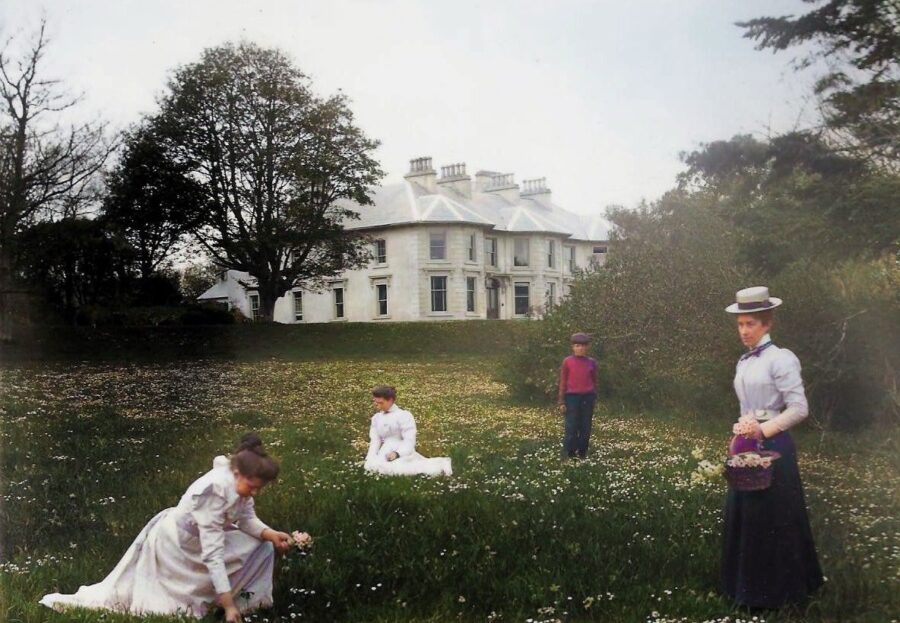


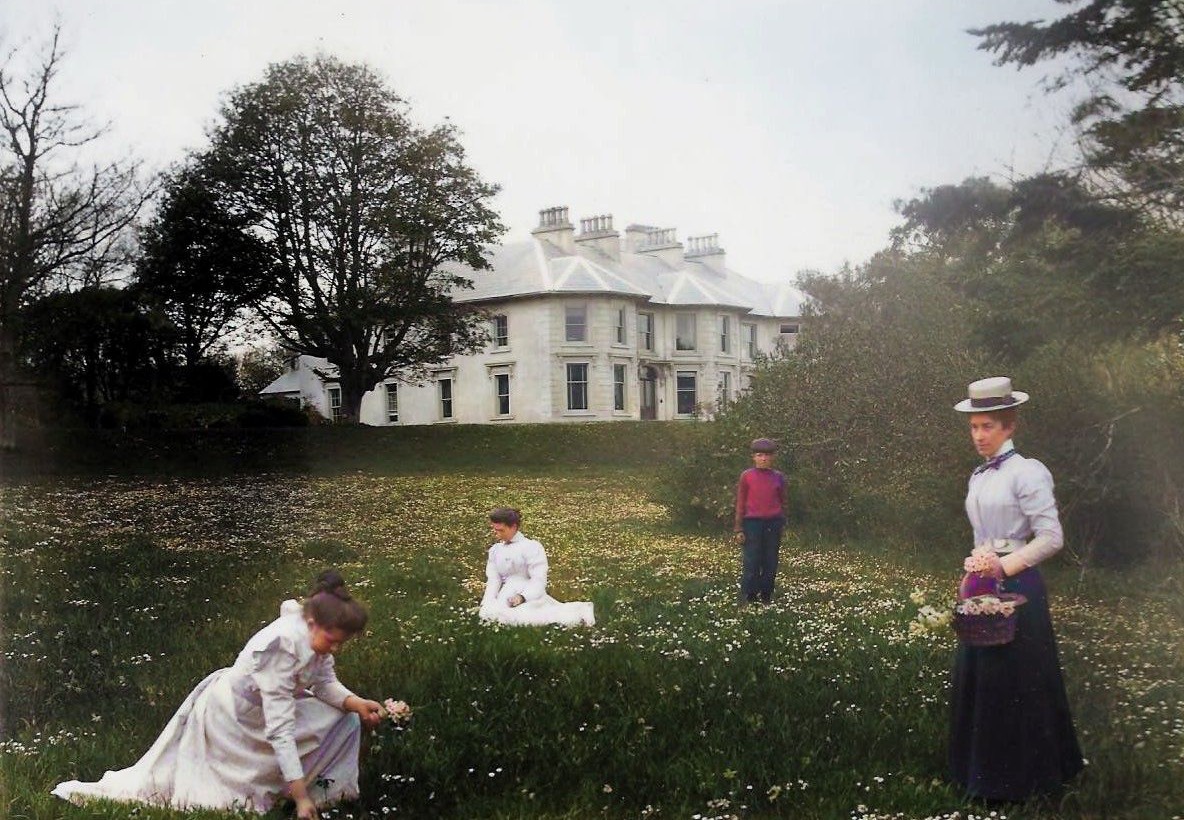
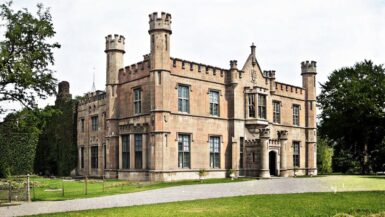
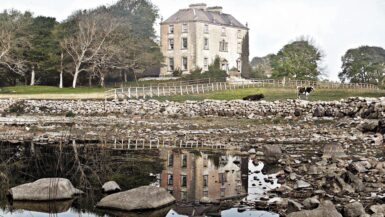
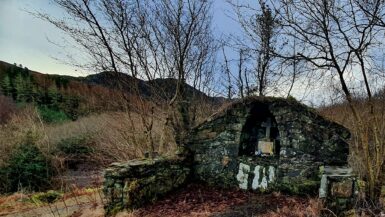
Leave a reply